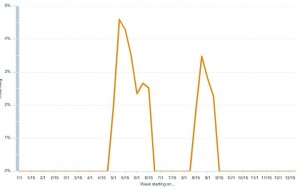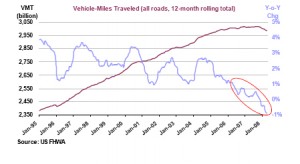 I’m not a serious birder, but I’ve gotten totally hooked lately on eBird.
I’m not a serious birder, but I’ve gotten totally hooked lately on eBird.
I heard about it from Chris Witt, the UNM ornithologist I wrote about last month. It’s run by Cornell and the Audubon Society, and provides a platform for birders to enter their observations. It makes it easy to keep your lists, and creates a rich data source for other birders and scientists.
That’s great for me, because half the time I’m not sure what I’m looking at. For example, I never would have figured out I had Inca doves in my back yard if Chris hadn’t told me we have them in the neighborhood. I’m still looking for the Pine siskin, which Chris said has been down from the mountains this summer, hanging out in Albuquerque’s suburban neighborhoods.
The eBird data allows me to see what other birders have been reporting, which gives me a better sense of what I have a chance to see. I’ll miss the rare ones for sure, but I’m more interested in understanding the common ones – our urban success stories.
This morning, there was a little brown bird of some sort in the backyard that I didn’t recognize. It had a little white bit on its head. I went to eBird, and saw that people had been seeing the Chipping sparrow in town. To the bird book, the binoculars, and “bingo”.
(Picture courtesy Cornell world o’ birds)



